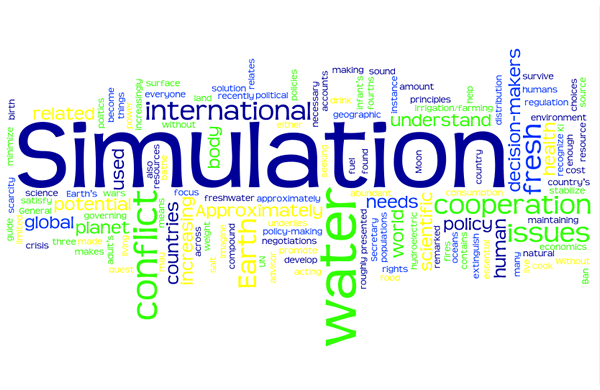
SDLC is an abbreviation for “Software Development Life Cycle”. This term is referring to a number of defined and distinct phases in software development. The basic phases for SDLC include: –
- Planning – Gather information that will be used to make the software.
- Defining – Define and document the requirements.
- Designing – Coming up with the options to get the best product design that later will be documented and proposed.
- Building – Where all the coding happens.
- Testing – This stage refers to the testing steps where the product defects fixed and retested until it reaches the client standard.
- Deployment and maintenance – Market and maintain the ready product.
SDLC is very important for developing the software in systematic and disciplined manner. These phases used to be as simple stages but as client needs to increase the complexity of the software, developers created 5 SDLC Models that will help both the client and the developer communicate regarding the software. Each model has their own properties, advantages, and limitations. We will discuss them briefly below: –
Waterfall

The Waterfall model considered as the oldest model and widely used in major projects. Waterfall model emphasizes planning in early stages. It also requires a completion of one stage before moving to another.
Benefits: Simple and easy to understand, clearly defined stages, also easy to classify and prioritize tasks.
Limitations: High level of uncertainty as well as incapability to accommodate changing requirements. Because of its limitation, Waterfall model is a poor fit for a complex project.
Iterative

This model actually just one big model separated into branches of a shorter and smaller waterfall model. This model does not start with a full specification of requirement, instead, this model starts with a requirement for a certain functional part that will be reviewed and expanded later.
Benefits: Parallel development can be applied to measure outcomes and milestones, and preserves flexibility for changes.
Limitations: The developers may still not be able to identify the real threat until the end. The iterative model not suited for small projects and requires constant management and supervision.
V-Shaped

This model is an expansion of the waterfall model and has a similar concept. Each stage must be complete to proceed to the next stage. However, this model more focused on testing. A system test plan made for every development stage before any coding happens, which makes this model ideal for projects that require a high level of precision.
Benefits: Strict, easy to control, each phase has specific deliverables.
Limitations: Highly inflexible, costly, and require more time.
Spiral

The Spiral is a combination of the Iterative and Waterfall models. The key difference between the Iterative model which uses branches is that one phase here counted as one stage. Each phase starts with a design goal and ends with a prototype submitted to the client for review. In the meantime, analysis and engineering becoming more detailed as the project become clearer and more complete. Therefore, this model favored by large-scale, complicated and expensive projects.
Benefits: Estimation (budget, risk, plan) will become clearer as the project progress, also it has a higher risk concentration.
Limitations: Expensive and requires excessive documentation.
Agile

This model is the most flexible. A short transparent iteration that revolves around client requirements while changes made according to the customer demand and needs.
Benefits: Continuous input from the customer, flexible change process, risk minimization, and transparent process.
Limitations: Reduce the usability of components, difficulty measuring the final cost and the higher chance of conflict.
By developing your software right, you could achieve so many things. With this information, you can choose which models are the best for both you and your developer that can help to get the software you want. Gameka is the company that can help assess and implement the correct model for your software development project. For more information, do contact us here.




About The Author: Nabilah
More posts by Nabilah